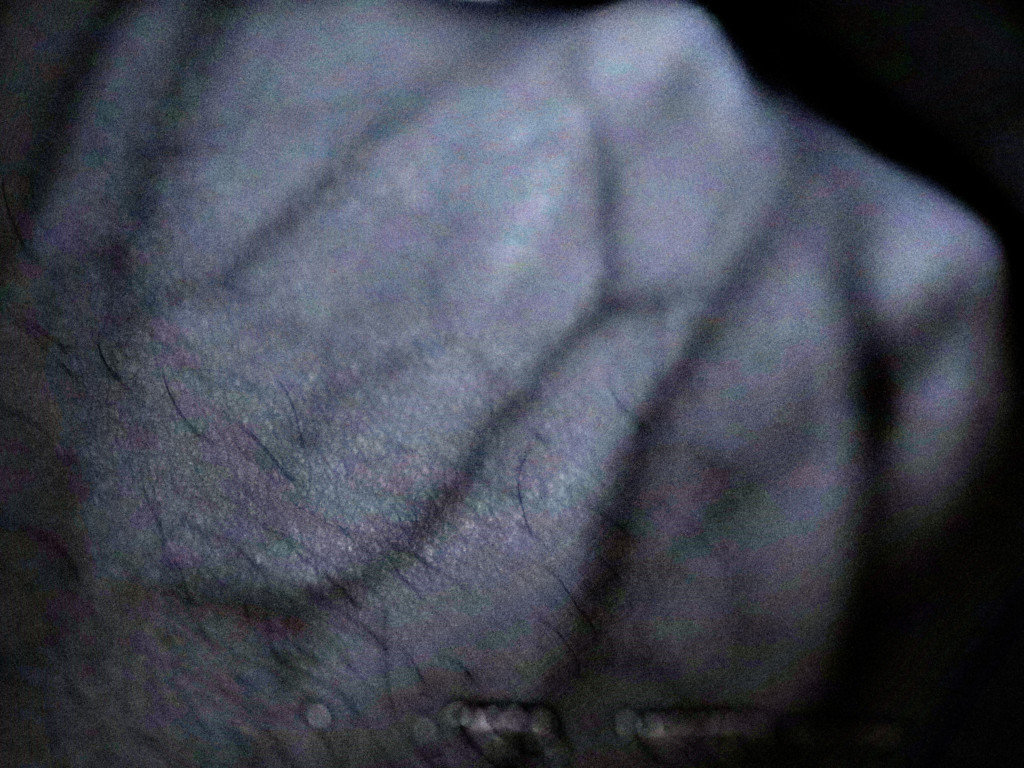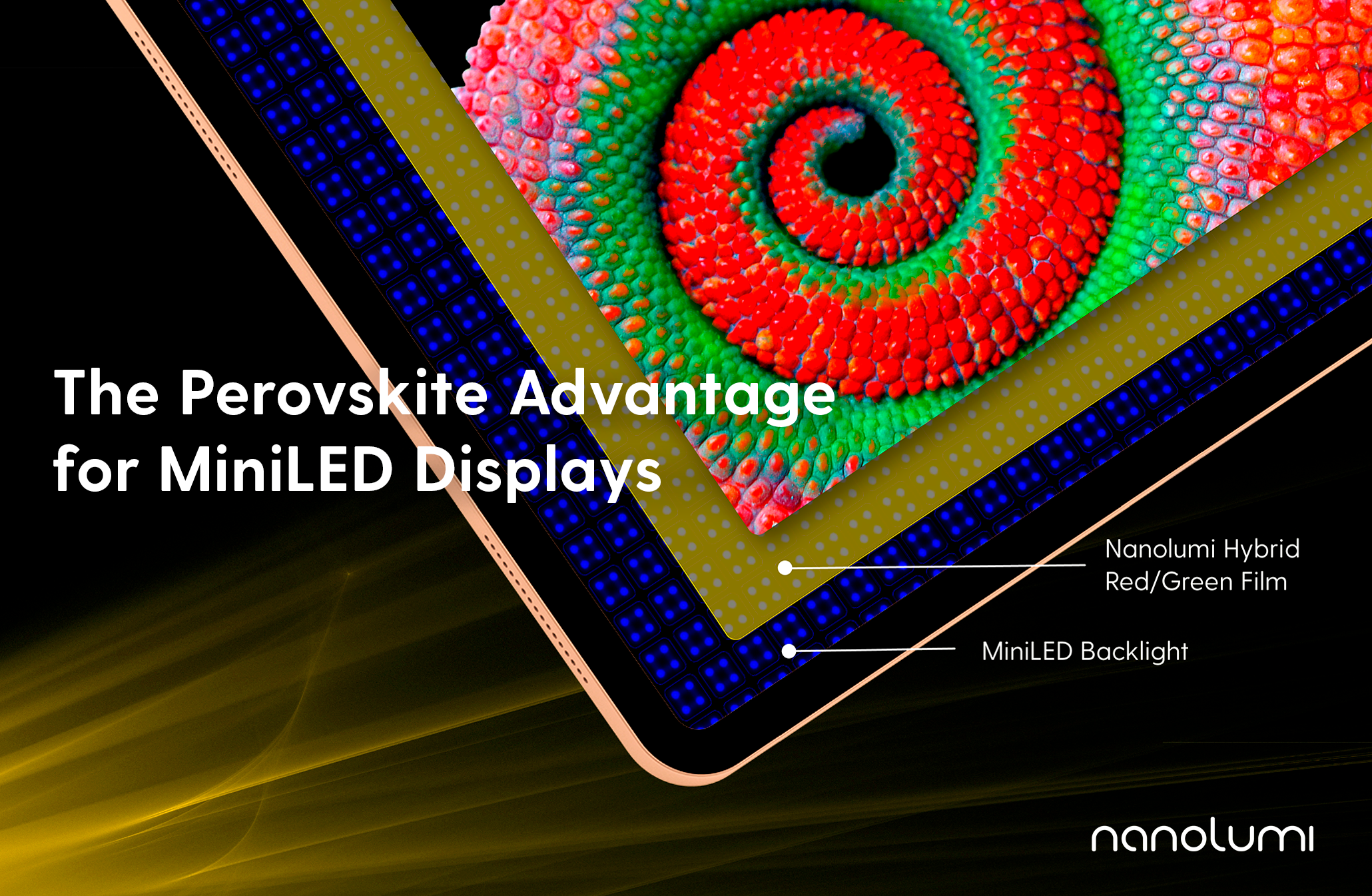Science is at the heart of how Nanolumi makes a difference in the world; Innovation that creates value is what we truly believe in. Tan Zhi-Kuang, co-founder of Nanolumi, remains committed to this through his research in large-area near-infrared perovskite light-emitting diodes (PeLED).

Large-area PeLED on flexible PET substrate
The performance of PeLED has advanced rapidly in recent years, with electroluminescence efficiency achieving 20%. However, this was achieved only in small area devices and performance varies from device-to-device with low reproducibility.
Published in Nature Phototonics (2019), Zhi-Kuang’s research shows that the origin of suboptimal device performance stems from inadequate hole injection, and that the use of a hole-transporting polymer with a shallower ionization potential can improve device charge balance, efficiency and reproducibility. The study reports a 799 nm near-infrared PeLED that operates with an external quantum efficiency (EQE) of 20.2%, at a current density of 57 mA cm−2 and a radiance of 57 W sr−1 m−2. The standard deviation in the device EQE is only 1.2%, demonstrating high reproducibility. Large-area devices measuring 900mm2 operate with a high EQE of 12.1%.
Real world applications include medical applications such as subcutaneous deep-tissue illumination and heart rate monitoring.

PeLED illuminating a human fist contrasting deep veins
To learn more, click here.



